At the very beginning of the development of crop production, classical technologies assumed the use of manure as the main fertilizer, and weed control was carried out by weeding. But the desire for higher yields has led to the creation of tools that make the process of growing crops easier, the crop is higher, the risk of infection with diseases and pests is lower. In Russia, a lot of dangerous for humans, animals, birds, the environment and cultivated fruits of fertilizers are used. Their use on an industrial scale is permitted, but in the private economy it is better to abandon them.
Mineral fertilizers
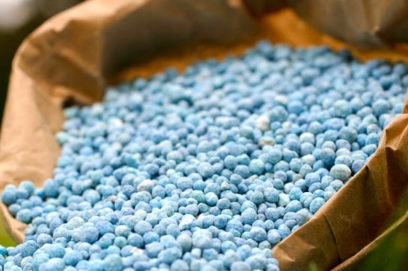
The most popular are potash, nitrogen and phosphorus fertilizers, but calcium, iodine and many other representatives of the periodic table can also be part of fertilizers. Plants with pleasure absorb these substances, grow faster, give an excellent harvest. Only then does soil degradation occur and the humus content in it decreases.
In addition, the soil is depleted, undergoes erosion. In parallel with this, due to the regular use of mineral fertilizers, groundwater pollution occurs.
Few people know, but only 40% of nitrogen is absorbed by plants. The rest goes to water, soil and atmosphere. As a result, too rapid vegetation begins to develop in reservoirs, and waterlogging occurs. Dead plants rot, releasing hydrogen sulfide and methane, reducing the amount of oxygen in the water. This causes the death of the fish, and indeed the fish lives less, it turns out small, accumulates nitrates, becoming dangerous to human life and health. Its use leads to serious diseases of the gastrointestinal tract.
Evaporation of nitrogen into the atmosphere causes acid rain, which causes the death of forests and their inhabitants, tree diseases.
Mineral fertilizers, in addition to the main component, contain many impurities. It can be zinc, lead, mercury. Once in the body, they negatively affect the work of the cardiovascular and circulatory systems, affect the intestines, kidneys, and liver.
These substances should not enter the human body, only in reality it turns out differently. If the cow grazed on the field with an excess of these fertilizers, the concentration of cadmium in a liter of pasteurized milk can reach 17.3 mg. This despite the fact that the safe consumption rate is 3.5 mg per week.
Mineral fertilizers are aimed at stimulating crops. But in fact, their use destroys beneficial bacteria, causes an imbalance in nature, frees up space for the life of dangerous pests.
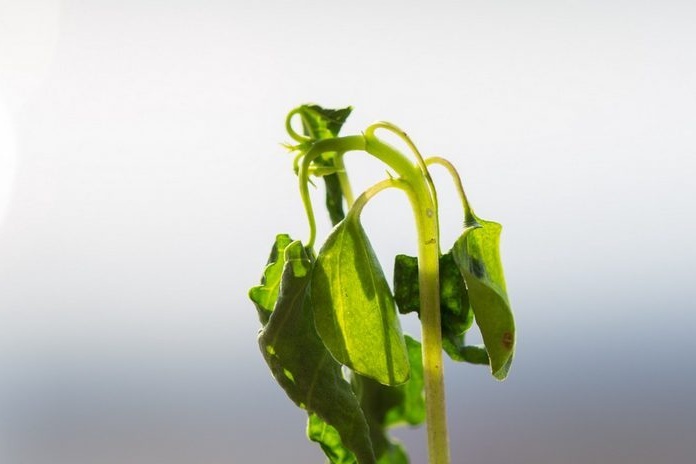 You may be interested in:
You may be interested in:Nitrates, nitrites and pesticides
Chemicals, together with fruits and their derivatives, enter the human body in the form of nitrates, and then turn into nitrites, that is, highly toxic carcinogens. As a result:
- hemoglobin is slowly transporting oxygen through the blood;
- malignant tumors are formed;
- immunity is impaired;
- the risk of embryo mutation is significantly increased;
- quality of products decreases;
- their shelf life is reduced.
Pesticides are used to control weeds by pests and diseases. There are more than 5000 types of drugs. Pyrethroids are considered the safest, but for fish they are very harmful, so their use in the fields near water bodies is prohibited.
Most pesticides are pure poisons. You can use them with poorly washed vegetables and fruits, with fish and other products, because they dig into the soil, and then continue to be contained in it for a very long time.
One of the worst results of using pesticides is the situation in Vietnam, which caused the death of more than 100 thousand people and led to a massive mutation of newborns.
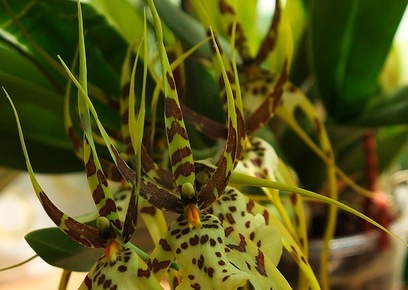 You may be interested in:
You may be interested in:Hazard level
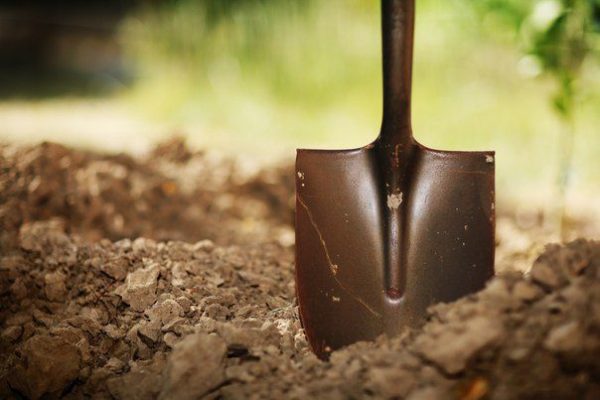
All preparations of chemical origin are uniquely dangerous for humans, the environment, birds, fish and insects. But all of them can be divided according to the degree of danger and this was done by scientists for a long time, and manufacturers are required to indicate the class of the drug on the package:
- The first hazard class has the most dangerous drugs and they are used exclusively in places of storage of agricultural products. Processing is allowed to be carried out by specialized services. After this, thorough ventilation is carried out. The first class of hazard drugs include Magtoxin and Fostoxin.
- The second hazard class includes drugs that are forbidden to process food and feed crops at the time of flowering and fruit ripening. These include the drugs Vertimek and Marshal, which are quite common among ordinary summer residents. The drugs of the first and second danger level are marked, according to the International Agreement, with a triangle, which schematically shows a tree and dead fish.
- Moderately hazardous drugs were assigned to the third hazard class. They are the main arsenal of gardeners. Means are low toxic for birds and mammals, but for frogs, lizards and bees are harmful. These are drugs like ADS and karate.
- Preparations of hazard class 4 are considered low hazard. They are based on ordinary biological microorganisms. Fertilizers are low toxic to humans and animals.
Under natural conditions, the decomposition of harmful substances of drugs of hazard class 4 occurs within 50 days. The drugs of this group include Fitosporin, colloidal sulfur, etc.
Top dangerous drugs
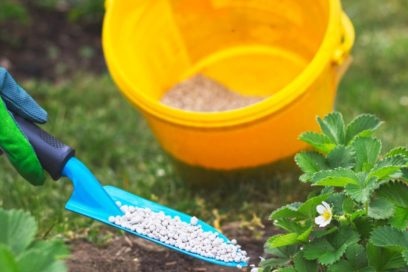
In the list of the most popular, but at the same time very dangerous means, for sure, you will find those that you regularly use for your personal plot:
- ammonium nitrate. It is obtained from a concentrate of nitric acid and ammonia. Used to feed plants throughout the growing season. Work only with gloves, it is very important to maintain concentration so as not to burn the plants. If this fertilizing is abused, a large amount of nitrates will accumulate in the soil.
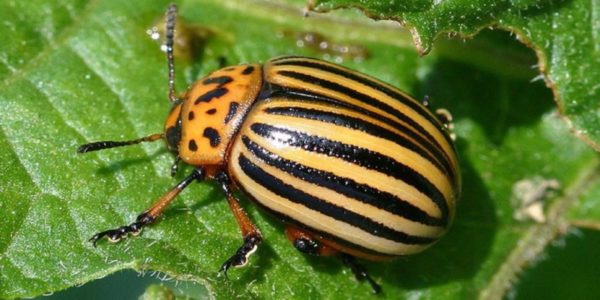 You may be interested in:
You may be interested in:- ammonium chloride. This nitrogen fertilizer allows plants to get 25% of the nitrogen they need, but in the soil it is converted to nitrates. In addition, it is flavored with chlorine, which is very harmful for microorganisms living in the soil.
- calcium cyanamide. Used as a nitrogen fertilizer.Harmful by inhalation, can even be fatal, it is forbidden to use near water bodies, as well as to use for foliar spraying, as this leads to air pollution by nitrogen oxides;
- superphosphate on contact can cause skin and mucous membrane irritation. For plants, it stimulates the growth of the root system, the formation of flowers and the formation of fruits, but superphosphate is one of the main contaminants of the soil with radioactive components. With regular use, aluminum, fluorine and uranium accumulate in the soil;
- phosphorite flour can be used only for soil with high acidity. If you do not follow the instructions and exceed the dosage, lead, cadmium and arsenic will accumulate in the soil. As a result, the soil will become dangerous for growing plants;
- potassium nitrate is very corrosive to the skin and mucous membranes. In case of continuous use, insoluble salts are formed in the soil. For plants it is used as top dressing during digging in late autumn, to increase resistance to frost and adverse environmental factors;
- potassium chloride is explosive. If it is not used according to the instructions, a large amount of lead is deposited in the soil, its acidity increases, and beneficial microorganisms die.
Do not panic and refuse to use the usual means to increase soil nutrition and plant nutrition. Follow the instructions for use, choose a low hazard level, do not use more often than recommended, and replace them with folk remedies if possible.

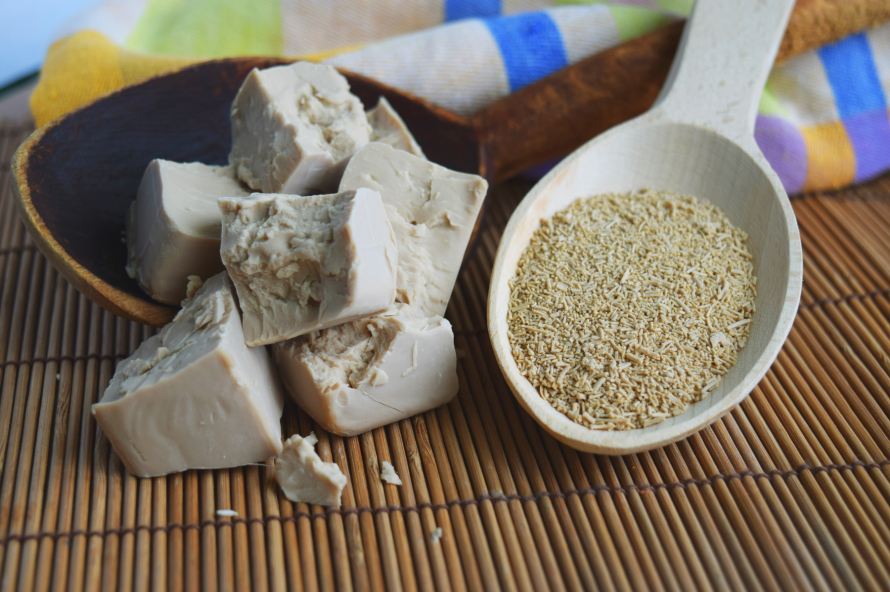
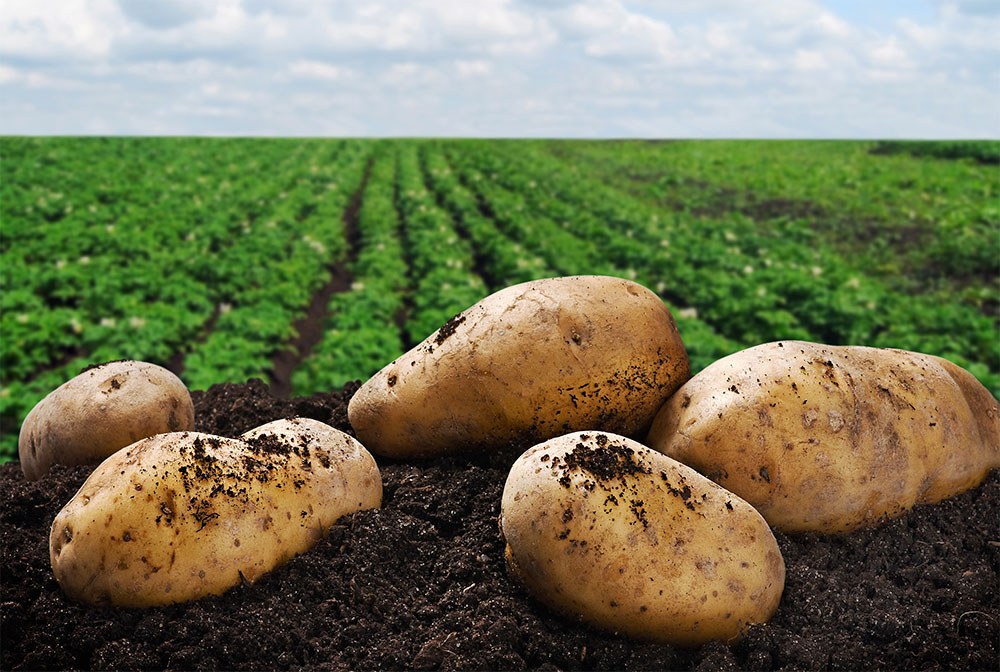
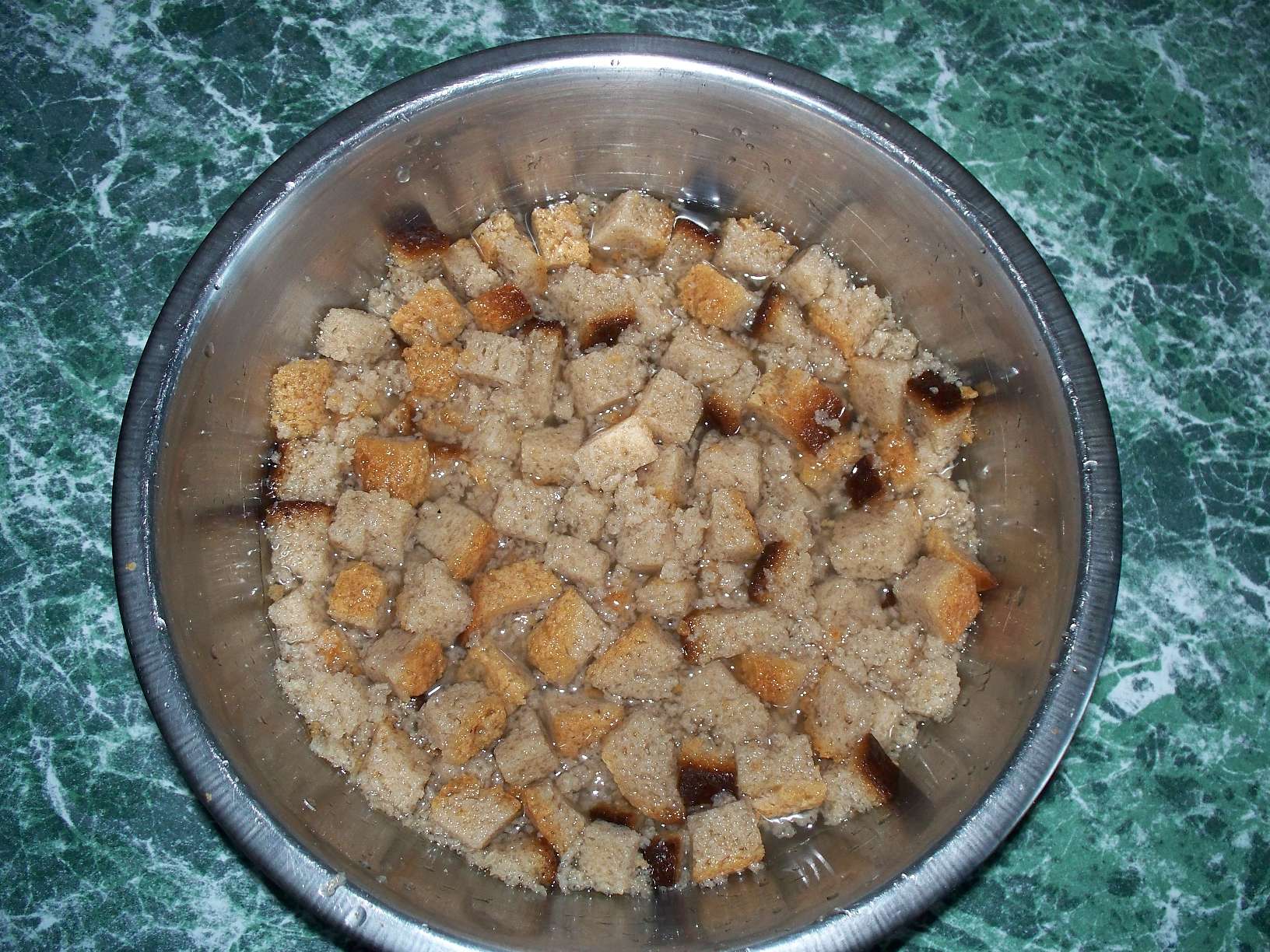
 Superphosphate: what is it and how to apply it
Superphosphate: what is it and how to apply it What problems can be expected from siderats?
What problems can be expected from siderats? Secrets of the collection, storage and use of eggshells in the garden
Secrets of the collection, storage and use of eggshells in the garden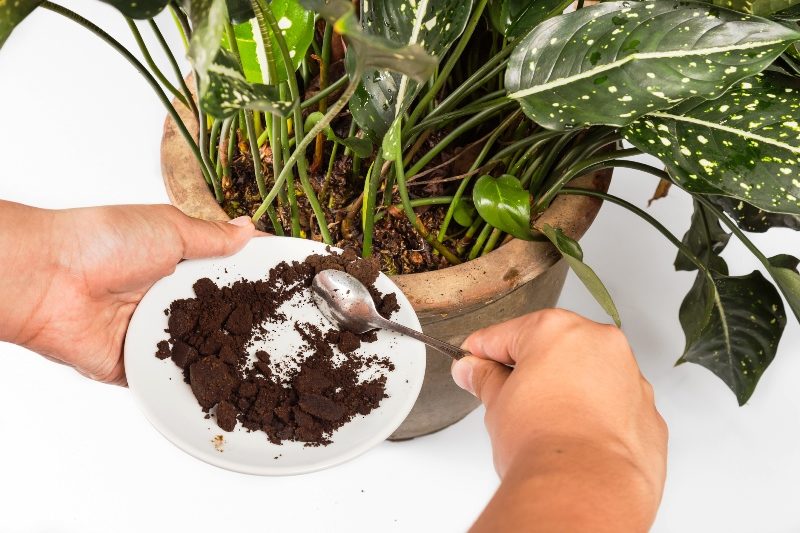 The most popular top dressing for indoor plants
The most popular top dressing for indoor plants
Yuri
"Potassium chloride is explosive." This is something new….